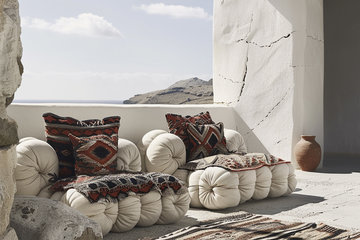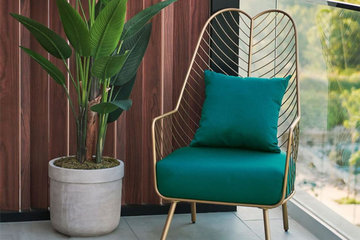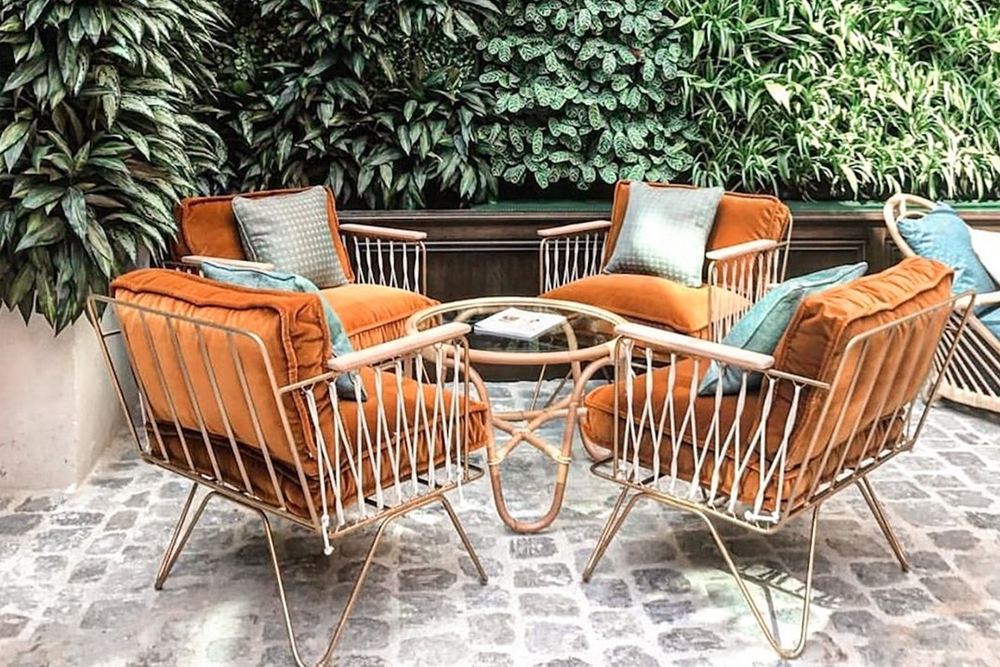
Image via Small Collective on Instagram
Garnering over 6.6m views on TikTok, #VerticalGardens, also called green living walls, aren’t going anywhere in 2022. As people are spending an increased amount of time at home and with many lacking outdoor space, it makes sense to look for creative ways to bring the beauty of nature indoors. If you’re in an urban environment and seeking to improve your home in a way that enables you to connect with nature during 2022, a vertical garden, also a big trend on Instagram, is the perfect solution.
“When featured indoors, you can feel more grounded, relaxed and at one with nature – which has become paramount for those spending an increased amount of time indoors or WFH,” Keira Kay, Plant Expert at Bloom & Wild, the UK’s leading flower delivery experts, says. Kay adds vertical gardens are a creative way to switch up an otherwise run of the mill area into a “ mini landscape, which grows, changes and transforms your living space.”
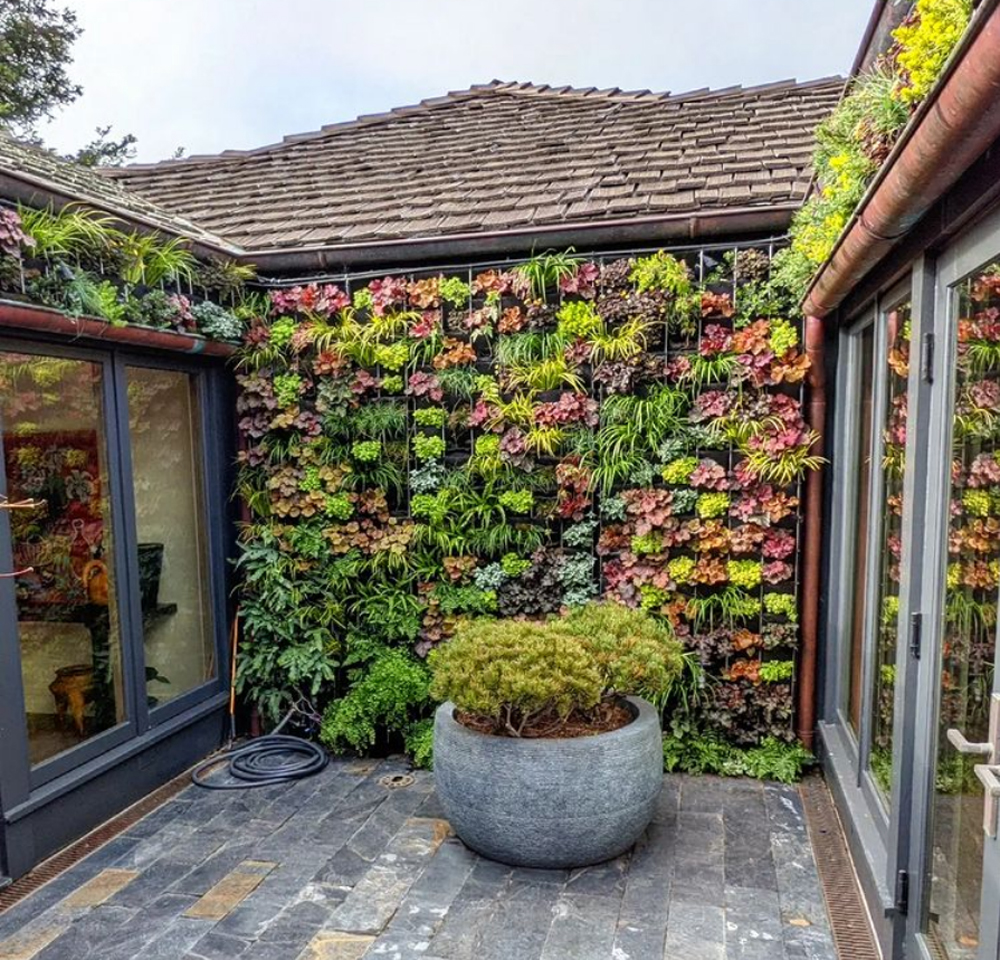
In addition to looking fabulous, growing greenery vertically on a wall will help you benefit from various advantages. In fact, universities, schools and even hospitals are incorporating vertical gardens into their environment because of the various health benefits they offer. The experts at Bloom & Wild have done all the hard work for us by explaining why we should all have a vertical garden and compiling a list of their top tips on how to create our very own winning wall.
The Benefits Of A Vertical Garden
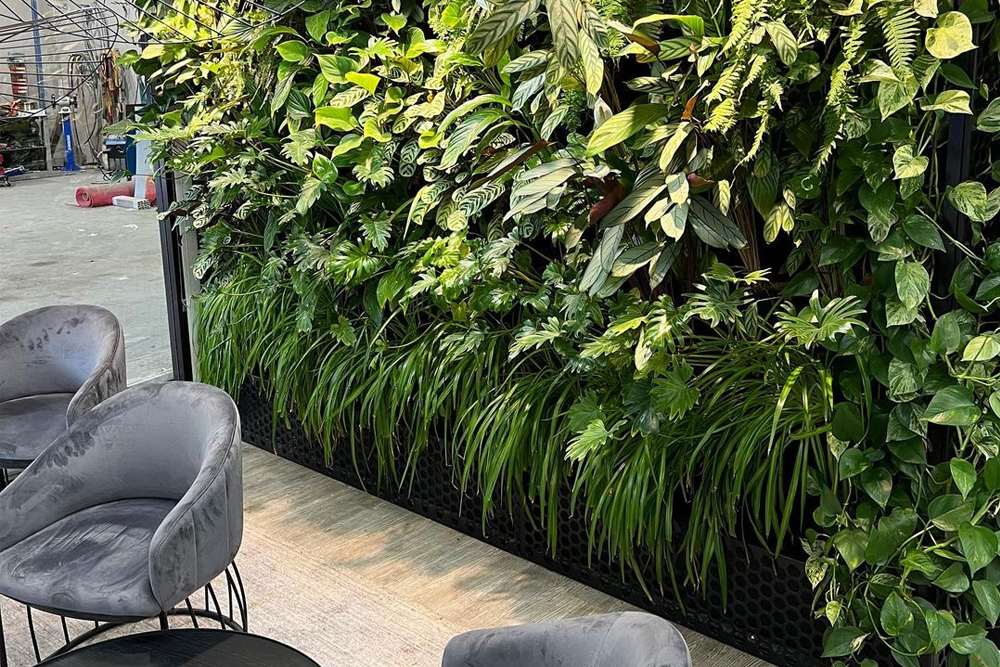
Studies and surveys prove that plants can make us happier and can help to improve concentration, creativity, enthusiasm and reduce frustration. In his article in “Frontier in Psychology,” researcher Michael Brian McCullough says, “in addition, plants have the potential to promote relaxation and recovery from stressful experiences.” This is the reason many businesses, schools and universities are beginning to incorporate vertical gardens into their environment. Evidence suggests that vertical gardens in hospitals can shorten patients’ recovery time, lower their blood pressure and increase positive feelings.
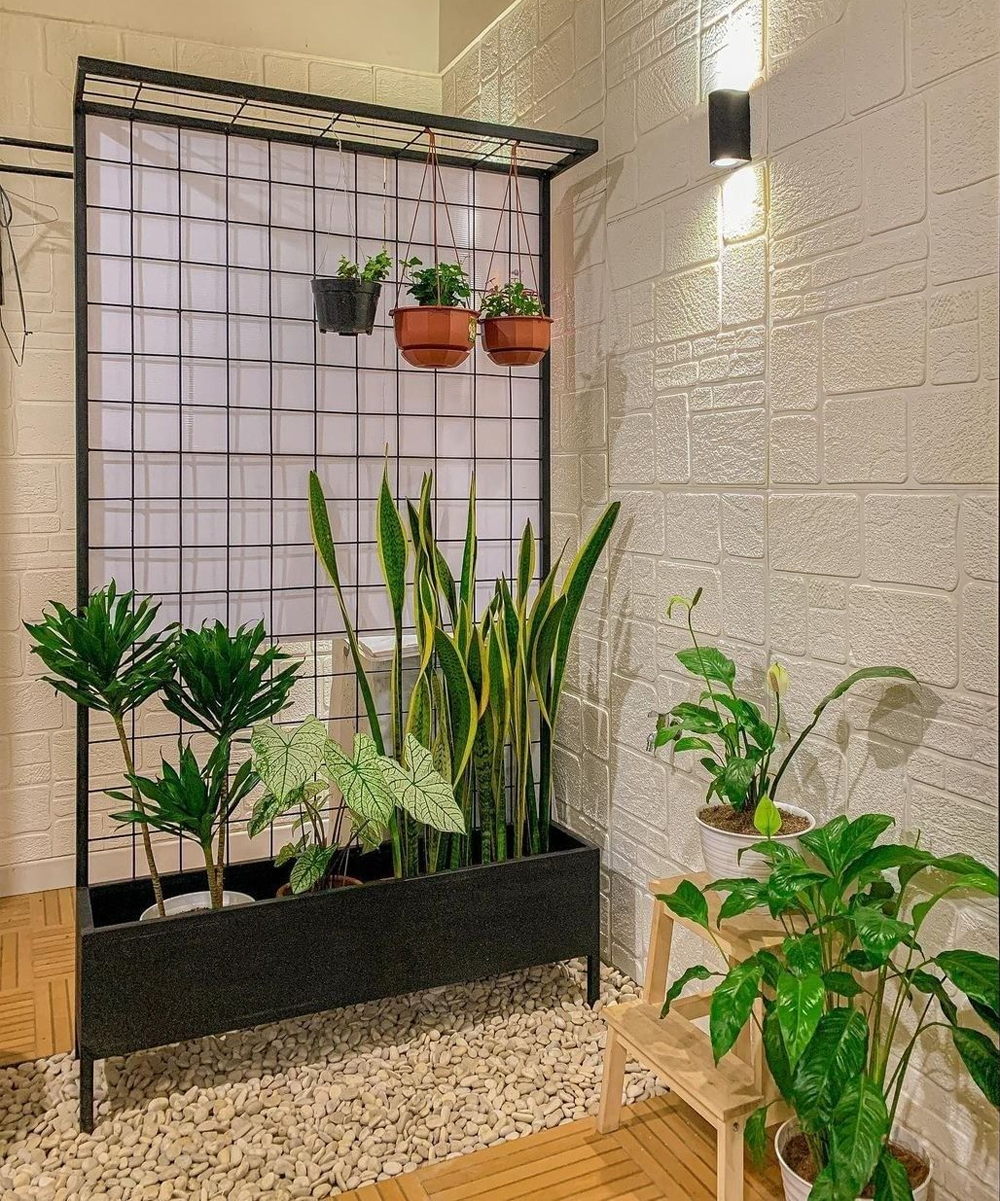
A vertical garden in your home can help you to relax, improve your mood, better deal with stress, help performance and reduce mental fatigue, ideal if you’re working from home. They are an eye-catching interior statement and video call background, and a great way to include more greenery into your home, making the best of the available space. You can even use them to grow your own medicinals, herbs and vegetables to add some freshness to your culinary adventures. No matter what size your home is, vertical gardens are adaptable and with a few tricks, you can make them work for you.
Outdoor green living walls, meanwhile, can improve the air quality of a city by filtering harmful toxins and pollutants. Furthermore, they are beneficial for the climate, as they decrease the urban heat island effect. On top of that, they can be a safe haven for wildlife as birds and insects within busy cities.
How To Create A Vertical Garden
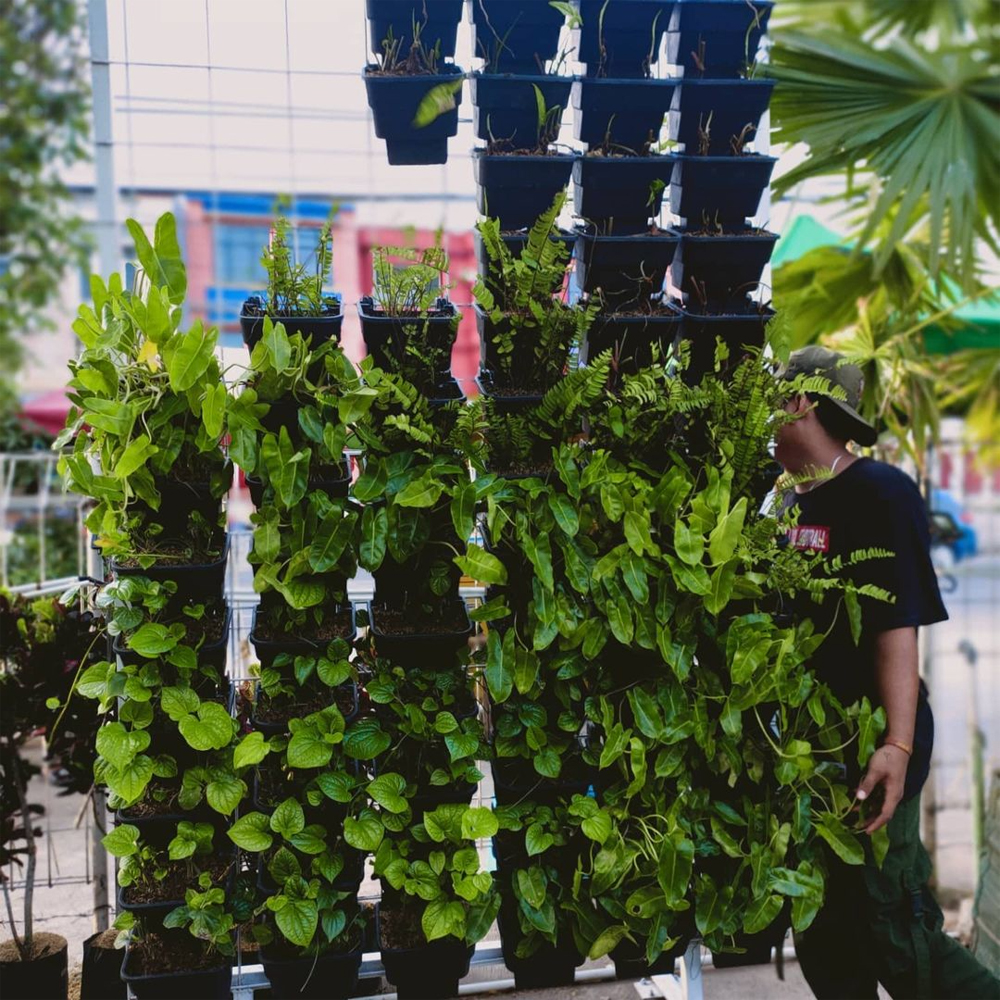
Crafting a vertical garden is actually quite straight forward. In fact, you don’t actually need much for it. If you have doubts about whether a vertical garden is the way to go, try the uncomplicated and easy pocket planter method first. You can buy hanging pocket planters made of fabric or plastic from garden stores, or simply use hanging shoe or overdoor organisers. They are not expensive and great for indoor gardening beginners.
Alternatively, you can create a vertical garden wall using multiple planters and pots. Fix them onto wooden ledges, or use hanging pots and curtain rods as a simpler alternative.
If you are looking for a true statement in your home and a bit more space for your plants, a reclaimed palette garden might just be the right one for you. Just follow this easy step-by-step guide from the experts at Bloom & Wild to create your own herb palette garden.
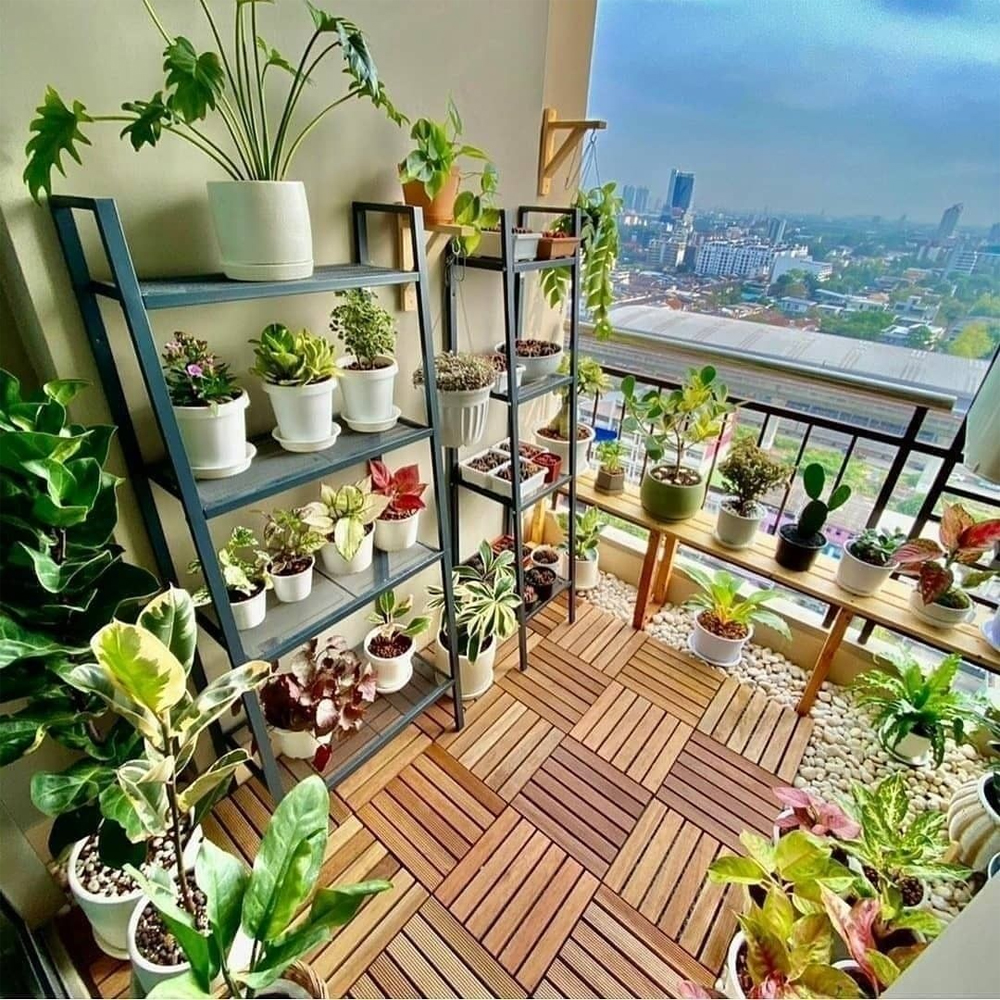
Here’s what you will need:
● A wooden pallet
● Staple gun
● Landscaping fabric
● Scissors
● Potting soil
● Herbs
1. Prep the pallet
First, you’ll want to prepare your pallet. This may include cleaning, sanding it down, and removing or adding extra slates. You can also paint it to fit the style and aesthetic of your home.

2. Staple the landscaping fabric
To keep weeds at bay and protect the pallet, landscaping fabric is a must-have. Place your pallet, with the back facing up, on the floor and cut the fabric to size. The fabric will need to cover both the back and the sides of the pallet. Staple the waterproof fabric around the edges of the slates running across the back. You can also add a second layer of fabric for extra protection.
3. Make pockets for the plants
Once the fabric is securely in place, flip the pallet over and create pockets to fit inside the slates. Measure the distance between the bottom and top deck board and add an extra two inches. Then, cut as many pieces as you need from the fabric and staple them inside the top and bottom boards.
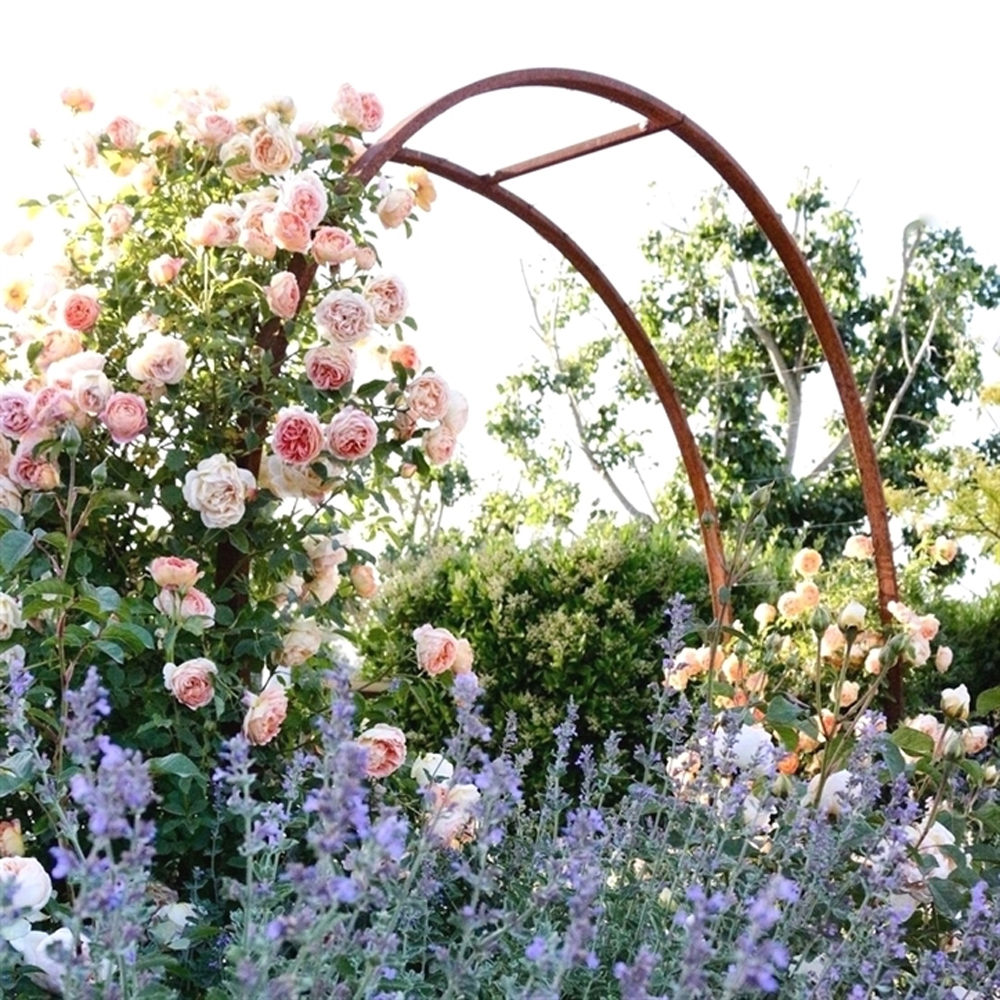
4. Fill with soil and plant
Lastly, put the pallet vertical garden in its final position, either outside or inside, and fill the pockets with soil. Then, plant your herbs, flowers, and whichever plants you desire.
To find out more, log onto to: https://www.bloomandwild.com/vertical-garden-benefits

